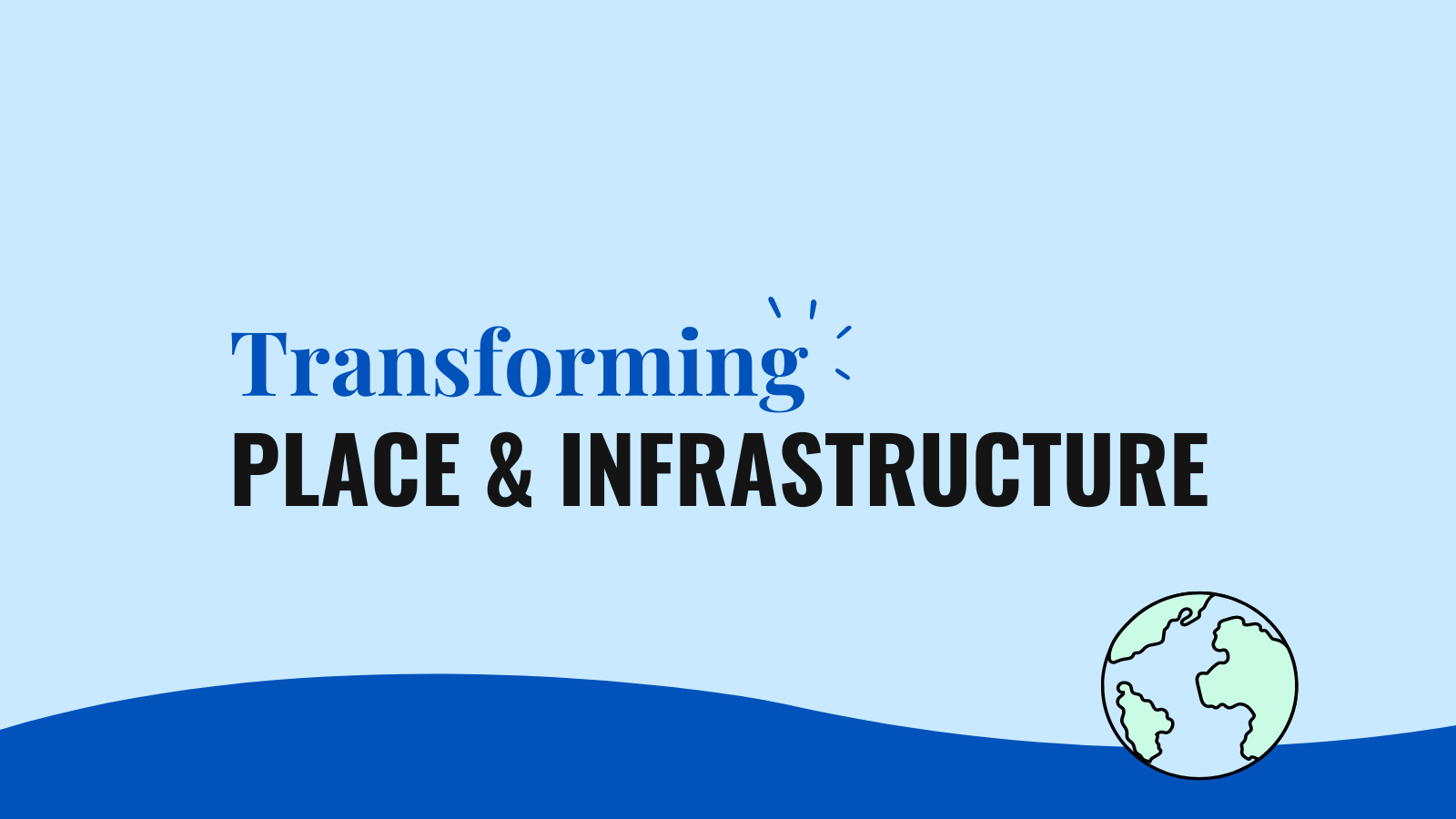In the realm of built and natural environment and infrastructure, the term 'digital' has been both lauded and lamented. The once-trendy concept of smart cities, with its promises of optimised buildings, efficient transport systems, and data-driven parks, has faded into obscurity.
Despite the allure of sensors and data lakes, the government departments and private businesses responsible for shaping our physical surroundings have largely remained resistant to transformative change. From the ever-expanding budgets of projects like HS2 to the exorbitant costs of planning documents for the Lower Thames Crossing, it's clear that the status quo in UK place and infrastructure projects isn't producing the desired results.
The crux of the problem lies in how digital is perceived in the sector. This is particularly true when it comes to shiny technology like sensors, decision-making dashboards, and AI analysis that come into play once a policy is set, a spade is on the ground, or a funding decision is made. When digital projects don’t deliver on their promise of fixing clear and simple problems, they’re discarded to allow everyone to revert to the ‘good old ways’ of working.
However, the true value of digital lies not in the data and gadgets themselves, but in the intentional design of policies, projects, and programmes with the digital world in mind, from their inception. Only by reimagining how we approach the design and delivery of place and infrastructure projects can we truly transform productivity and foster the growth our society urgently needs.
Harnessing innovation
Place and infrastructure projects are vital to the fabric of society but remain trapped in traditional paradigms dominated by professions like engineering, surveying, planning, and architecture. Unlike banking and healthcare, which have embraced digital transformation, the industry and those in it have lagged behind even though the challenges they face are integral to shaping our future. Without significant improvements, we jeopardise economic prosperity, environmental sustainability, and quality of life for generations to come.
Overcoming these barriers to innovation requires a fundamental shift in mindset. The conventional approach, characterised by rigid systems and siloed expertise, has led to costly failures and inefficiencies. It's time to embrace agile methodologies that foster innovation and collaboration from the outset. By integrating design, data, and technology specialists into the policymaking and project delivery process, we can introduce fresh perspectives and drive meaningful change.
Reimagining policy and funding
One of the fundamental flaws in current practice is the reactive nature of policy and funding allocation. Too often, decisions are made without considering the needs and challenges of those on the ground. Funds intended for place and infrastructure projects frequently go unused or fail to deliver the intended outcomes due to poorly defined conditions and assumptions. To address this, we must adopt an end-to-end approach to policy design, considering implementation challenges from the outset. Cross-government collaboration and increased devolution of funds are essential to empowering local stakeholders and maximising the impact of investment.
Moreover, data must play a central role in driving these decisions. By leveraging standardised digital infrastructure and embracing data-driven decision-making, we can ensure that resources are targeted effectively and outcomes are measured accurately. This requires equipping local authorities and other stakeholders with the tools and capabilities to collect and analyse data throughout the project lifecycle, allowing for continuous improvement and adaptation.
Embracing uncertainty and complexity
In a world characterised by challenges and complexity, traditional approaches rooted in false certainty are no longer viable. Instead of relying on proprietary data models and rigid methodologies, we must embrace humility and experimentation. Agile principles offer a framework for navigating uncertainty, allowing us to adapt and learn as we go. Moreover, there is a pressing need for greater transparency and accountability in the use of technology, including investment in ethical AI models that prioritise transparency and public trust.
Engaging citizens
Lastly, meaningful engagement with citizens is essential to the success of place and infrastructure projects but too often public participation is tokenistic or manipulated to serve predetermined agendas. To build trust and legitimacy, we must redesign the governance and organisation of public engagement efforts, prioritising principles of democracy and subsidiarity. This means providing opportunities for genuine input at appropriate stages of the policy and project lifecycle and establishing feedback mechanisms to ensure that decisions are informed by the needs and preferences of the community.
The challenges facing the built environment and infrastructure sectors are daunting, but they can be overcome. By embracing design thinking, adopting agile methodologies, and prioritising collaboration and citizen engagement, we can build more efficient, resilient, and equitable communities. This will be achieved by changing mindsets from viewing digital as a mere collection of tools to recognising it as a catalyst for meaningful change. Once we do this, we unlock the full potential of our place and infrastructure projects to shape a brighter future for all.
Working together to transform place and infrastructure
From creating a carbon footprint reduction service for homeowners to designing a digital site notice to encourage residents to get involved with local planning, we’re proud to work with a range of organisations on transformative place and infrastructure projects that are creating a better future for people, places and the planet.
To build on this work, we are forming a cross-discipline practice on digital innovation in place and infrastructure. Our goal is to bring together innovators and changemakers across energy, transport, housing, planning, and natural environment to share lessons and find shared opportunities that will drive the change the sector needs.

Transforming place and infrastructure
We’re passionate about improving communities by partnering with public bodies to transform the built, natural and economic environment.
Work with us
Designing a carbon footprint reduction service for homeowners
How we created a service for councils to empower individuals to retrofit their homes and work toward carbon footprint reduction with Connected Places Catapult.
Read moreOur recent insights
Transformation is for everyone. We love sharing our thoughts, approaches, learning and research all gained from the work we do.

Solutions for housing’s biggest challenges
We brought together industry leaders to discuss how collaboration, digital and data can build a brighter future for housing.
Read more
Empowering registered providers to build a brighter future
How housing providers can meet the needs of residents and regulators
Read more
How local action can transform the UK's path to net zero
Discover the pivotal role of local authorities and communities in the fight against climate change
Read more

